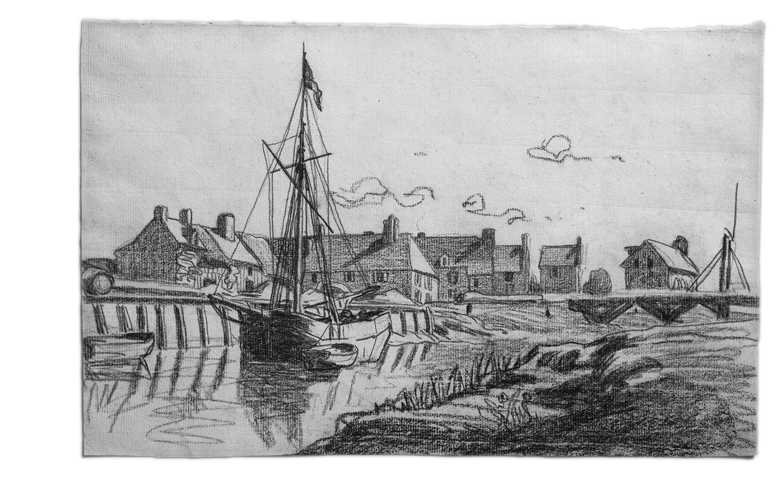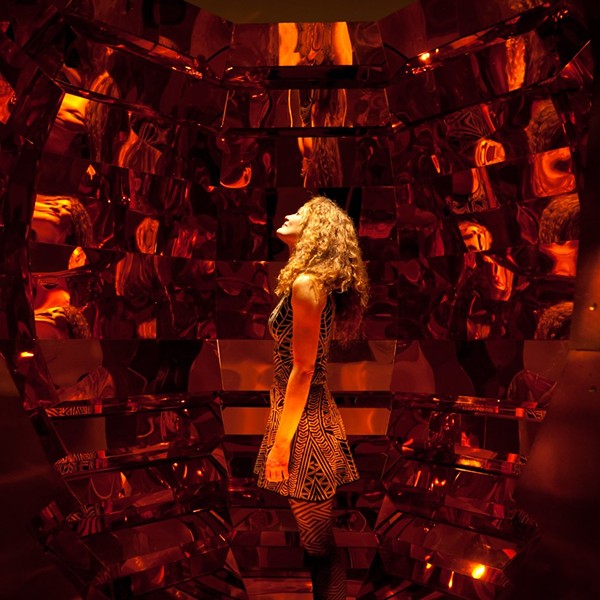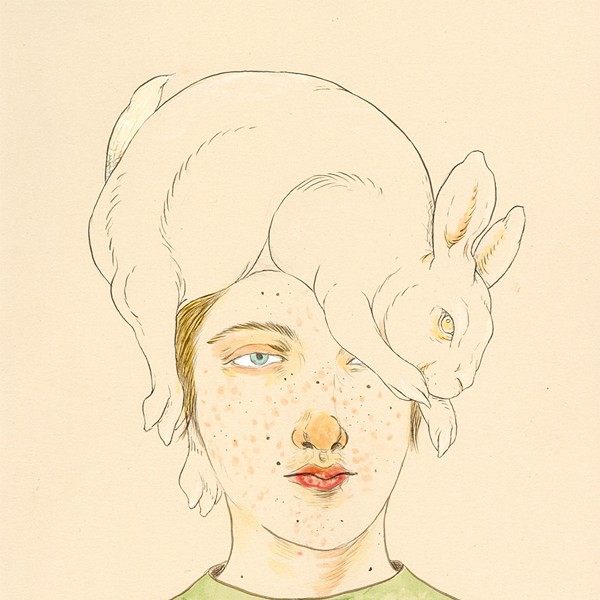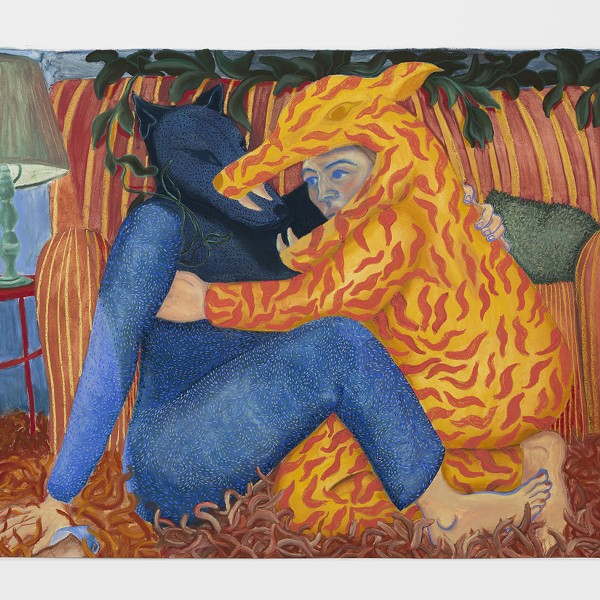
1. French Impressionism has probably lured more people into their first art museum than all other styles and periods of painting combined. It appeals to our senses on so many levels. Impressionism is colorful and sunny, lovely to look at, and its familiar scenes—landscapes, parks, flowers, boats, pretty girls—are easy on the eyes. The Impressionists painted the city and the suburbs, leisure and reverie, and their appeal is strongest among people who come from those places and enjoy those luxuries. For Americans, Impressionism represents a comfortable strain of artistic freedom. Renoir, Pissarro, Sisley, Degas (though Degas was only peripherally attached to the Impressonists), and the other painters of the circle rebelled against just the right thing for our sensibilities–the rigid aesthetic of an aristocratic elite that rejected the new generation’s spontaneity and democratic creativity. Impressionism is consummately populist. It’s not fussy or tedious or intellectual. Anyone can easily see how it’s done and understand what it means.
2. No artist epitomizes Impressionism more than Claude Monet. His famous paintings of Paris and the Normandy coast, haystacks and gardens, cathedrals and water lilies, are among painting’s purest celebrations of color and light. Only Turner surpasses Monet as a painter of light, by adding passion to his visual acuity. More than any of his fellow Impressionists, Monet insisted on working outdoors, direct from nature, translating what he beheld directly to canvas. For centuries, shadows had been rendered in browns and grays; he saw they also held blues and greens. He observed the colored tips of the waves on the Siene and expressed them with a grace that seemed not of perception alone, but pure feeling. His paintings are anthems to the boundless pleasure of looking. “Only an eye,” Cezanne famously said of his friend and mentor, “but my God, what an eye.”
3. As a young artist, Monet was a follower of Courbet, whose creed of Realism was a loyalty oath to everyday reality. Monet, in creating all those gauzy, misty, dreamy-lush scenes, was, in essence calling them as he saw them. The reality he was capturing was momentary, provisional, evanescent, but for all that not especially subjective, which is to say, not led by emotion. Painting was a form of visual meditation mediated by science. Monet was not interested in the Ideal, some abstract state of perfection, but in the Actual, the specific circumstance of time and place. As an aesthetic stance, this was extremely modern, almost radical. It flew in the face of Greek and Roman and Renaissance verities as fixed as compass points. One of these was the principal of disegno, which designated drawing as not simply the foundation of art, but as the chief means through which the artist grasps the underlying constructs of reality; i.e., Truth. Monet was chiefly interested in little-t truths, in-the-moment truths, here-and-now truths. He was by no means the first Western painter to go outside the boundries of disegno practice, but he was among the first, with his oil-sketch “impressions” that he exhibited as finished paintings, to abandon the concept entirely.
4. As he managed his increasingly successful career from the 1870s onward, Monet downplayed the role of drawing in his work, emphasizing always the immediacy of color. So persuasive was this public image that, in the 80 years since his death in 1926, no scholar has examined his claims. That is, not until James Ganz and Richard Kendell, both of the Sterling and Francine Clark Art Institute, set out to do so five years ago. The fruits of their labor are on exhibit now at the Clark, and, more thoroughly, in an accompanying catalog. Both book and exhibition bear the same title, “The Unknown Monet: Pastels and Drawings,” the first in-depth study of Monet the draftsman. The claim of an “unknown” Monet is an overstatement that nevertheless is true. It’s never been a secret among art historians that Monet could draw, and in the catalog of his complete works, a fifth of his oeuvre, some 500 pieces, are sketches, drawings, or pastels. Yet the meaning of the work has been completely ignored. The graphic survey on the walls of the Clark presents sides of Monet most people have never seen. I’m not sure how the show will change our relationship to his paintings, but it definitely alters our perception of the artist himself.
5. The exhibit opens with the young Oscar Monet in the late 1850s (Claude was his middle name, which he adopted when he entered the army, to avoid teasing), a teenager with an astonishingly adept hand at caricature. His cartoon portraits emulated the French caricature tradition of comic exaggeration, but Monet’s drawings are more visually satirical than psychologically incisive. Monet, even then, was devoted to close observation—more interested in rendering the squint of a man’s eye or shape of his lip than skewering his intelligence or virtue. A half dozen years later, in the 1860s, he applied these powers of perception to black chalk studies of the rural countryside and sea cliffs of Normandy. Like the caricatures, these pictures are all foreground, all about the subject. It’s Monet the artisan, obedient to the structure of the world. All at once, though, the show takes a shift, and an entirely new artist emerges, one who’s found color, in the form of pastels. With hue and tint, Monet is no longer interested in the outline of the world, but in the light that wraps around it. These early pastels are about distance and mood. The fleeting, shifting contingencies of atmosphere direct his hand now, just as they were beginning to guide his brush.
6. The transition from the drawings to the pastels is the exhibition’s first great climax. The next comes when we learn that Monet wasn’t always a first-thought-best-thought artist, but made preparatory studies of scenes that later became paintings. The revelation is at first disquieting, like finding out that Charlie Parker practiced his improvisations. But the discovery that Monet used pastel studies and sketchbook scribbles as the foundation of some of his work is finally a welcome fact that brings us closer to the great man. One of the show’s signal moments is in its last gallery, which contains some of Monet’s famous water lily paintings, alongside an all-but-unknown water lily sketchbook, what curator Jim Ganz calls “this sketchbook that shouldn’t exist.” In the drawings, we see Monet thinking aloud about the waterplants, with a restlessness that goes beyond rendering. We come to see that Monet’s masterpieces are not simply the product of aloof painterly analysis. The unknown Monet is more than the artist supreme, possessing the world with his eye. He was a man who reached out to life through the tip of a pencil.
"The Unknown Monet: Pastels and Drawings," continues through September 16 at the Sterling and Francine Clark Art Institute, 225 South Street, Williamstown, Massachusetts. (413) 458-2303; www.clarkart.edu
















